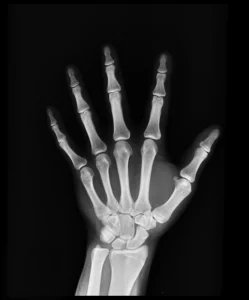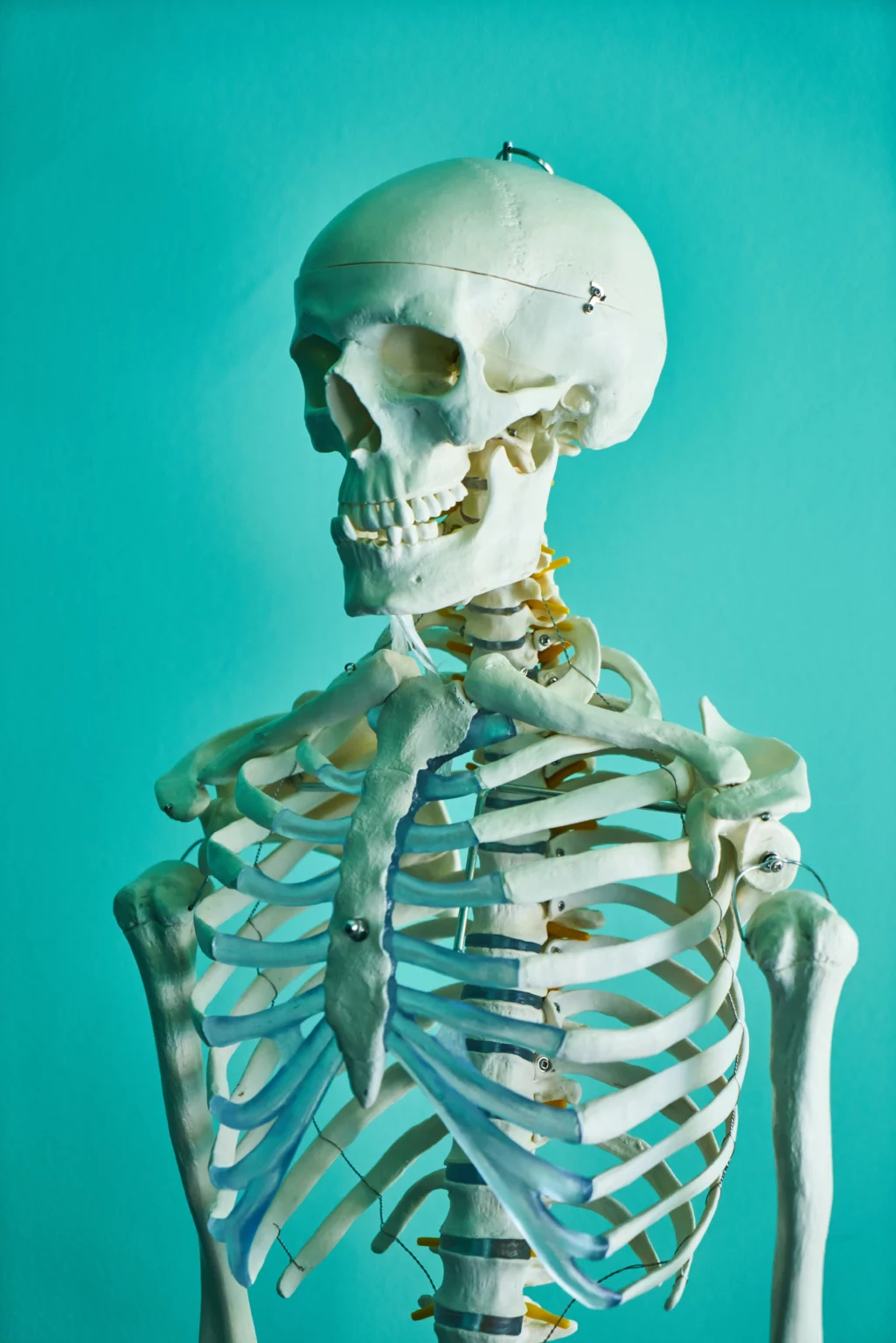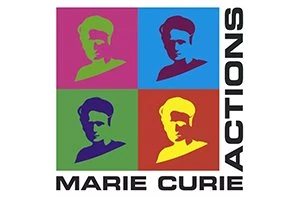Developing a new in vitro bone model: OSTEONET
Author
Marco De Battista
Publication Date
June 21, 2023
Keywords
bone models
preclinical studies
healthy vs aged
3D models
Non-animal Models
dynamic cell cultures
Your microfluidic SME partner for Horizon Europe
We take care of microfluidic engineering, work on valorization and optimize the proposal with you
Development of healthy vs aged 3D in vitro bone models for preclinical studies.
A new in vitro bone model: introduction
 Aging is a key risk factor for multiple pathologies in humans. Specifically, bone aging is known to reduce older people’s quality of life and burden the healthcare system.
Aging is a key risk factor for multiple pathologies in humans. Specifically, bone aging is known to reduce older people’s quality of life and burden the healthcare system.
Other than being more fragile than healthy bones, aged bones react differently to drugs, pollutants, and other factors.
Causes and consequences of bone aging are multifaceted and complex: telomerase activity, epigenetic factors, stem cell proliferation, and differentiation, among others.
In addition, the study of bone pathophysiology is essential for the elevated number of accidents, surgeries, trauma injuries, and chronic illnesses affecting this tissue. However, there is currently a lack of an in vitro model for studying bone in healthy and pathological states.
An in vitro bone model approach is very appealing as it would allow sustainable and reliable bone substitutes to replace the currently used animal models.
The OSTEONET project aims to build a multidisciplinary research network focused on developing an in vitro bone model, focusing on training professionals and staff exchange.
A new in vitro bone model: project description
The Osteonet project aims to establish an international network to engineer a 3D in vitro bone model. The project aims to address specific scientific objectives by establishing collaboration among 12 partners from academia and industry.
First and foremost, the project aims to develop cryopreserved 3D constructs that mimic healthy and aged bone properties, along with biomimetic and biocompatible 3D annular scaffolds. The development of these structures will be conducted alongside controlled dynamic bioreactor prototypes for experimentation.
A significant emphasis will be placed on training dedicated technical and medical personnel in dynamic cell cultures. This training will be crucial to encourage the adoption of this modeling approach as the standard in clinical and research labs. It will facilitate the transition from widespread 2D cell cultures to an integrated approach specific to 3D in vitro models, raising awareness for the advantages of 3D compared to 2D cell cultures.
Consequently, the in vitro bone model developed in OSTEONET will become accessible to many potential users. In the long term, the project aims to enable the testing of personalized therapies and improve preventive care for older people.
How to use microfluidics for in vitro bone models: our role
 We will actively participate in the project, contributing to technical developments of in vitro bone models through staff exchanges. The company will train the partners in microfluidic techniques and cell culture automation on the chip.
We will actively participate in the project, contributing to technical developments of in vitro bone models through staff exchanges. The company will train the partners in microfluidic techniques and cell culture automation on the chip.
Additionally, we will use Elveflow flow and pressure control instruments as benchmark technology for developing bone-on-chip 3D cultures.
Moreover, the company will share its expertise in industrialization by offering training in entrepreneurship, research for innovation, and intellectual property management.
This will expose academics to a working environment focused on product development strategies and market-oriented approaches. Lastly, the MIC will play a significant role in dissemination and communication efforts related to the project.
This project has received funding from the European Union under HORIZON-TMA-MSCA-SE, Topic: HORIZON-MSCA-2021-SE-01-01, grant agreement No. 101086329, (OSTEONET).
Start date: 1/1/2023
End date: 31/12/2026
EU contribution: € 1,467,000.00


Check our Projects
FAQ – A new in vitro bone model: OSTEONET
In a sentence, what is OSTEONET?
A 12-partner, international network of researchers constructing a 3D in-vitro model of bone – healthy and aged – to substitute animal experiments and to enable preclinical trials to be more rapid, economical, and more representative of the human body.
Why target specifically the aged bone, as well as healthy bone?
As the ageing bone does not simply break more readily, it also responds differently to drugs, pollutants, and mechanical signals. A model that can represent both states allows you to distinguish efficacy and fragility and perform comparative assays without combinatorially mixing species and cell culture effects.
What will the real-life representation be?
(i) cryopreserved 3D constructs that mimic properties of healthy versus aged bone, and (ii) biomimetic, biocompatible annular scaffolds grown under regulated, dynamic perfusion in bioreactor prototypes. It is important that the bone is a dynamic tissue, a load-bearing system, and a perfused tissue.
What scientific questions does this model allow us to answer that 2D cultures cannot?
Mineralization under flow, osteoclast/osteoblast coupling, drug diffusion through mineralized ECM, age-dependent remodelling kinetics: tissue-scale behaviour is only revealed by flow and 3D topology.
Will it decrease the use of animals in bone research?
That is the point. However, with a strong in-vitro alternative, much of the screening and mechanistic research can be shifted away from animals, with the more expensive in-vivo work reserved for edge cases and validation. The project is also clearly presented as an alternative to the animal models widely used in preliminary research.
What about microfluidics- and what MIC brings?
MIC educates collaborators in microfluidic practices and on-chip automation of cell cultures, and assists in establishing the dynamic bioreactors to maintain constructs in a perfused condition. In the case of Elveflow pressure/flow control, we have our benchmark stack, and shear stress, pressure, and dosing can be reproducible across labs- needed in multi-site information.
What is the diffusion of skills and methods in the consortium?
By exchanging staff and providing on-the-job training. In addition to laboratory guidelines, collaborators are coached in entrepreneurship, innovation management, and IP strategy, so that academic teams can reason about industrialization and adoption rather than publications. Formal tasks of MIC are dissemination and communication.
How does this differ from other efforts of bone-on-chip?
Three items combined: a healthy/aged reference used in dual, purpose-built bioreactors rather than stationary inserts, and a purposeful training program to transition labs to standardized workflows using 3D rather than 2D. It is a goal of a model that it can not only be published but also be applicable in numerous laboratories with no heroic effort.
Who needs to be concerned with the outputs?
Pharmaceutical companies developing drugs to counter osteoporosis or fracture repair, orthopedic scientists and toxicologists aiming to monitor the effects of pollutants on bones, and those that require age-stratified efficacy information. The constructs that have been cryopreserved are intended to be accessible so that external users can connect the model to their pipelines.
I am building a Horizon Europe consortium. How can MIC increase our chances?
MIC is a microfluidics SME specializing in automation and perfusion, providing the backbone for work packages, delivering tangible prototypes, and leading exploitation planning. Among our experiences, consortia including a prototype-first SME, such as MIC, achieve a proposal success rate about 2 times higher than the official baseline on similar calls; the disparity is more evident in milestones, reasonable TRL ramps, and reviewers able to glimpse the device.
Is the same technique applicable to other models than bone?
Yes. The microfluidic-perfusion logic of dynamic culture is also applicable in cartilage, tendon, and other load-responsive tissues. After controlling flow, pressure, and dosing, scaffolds and readout translation are largely an engineering and cell-biology issue, i.e., the choreography with which we have been working daily with our partners.